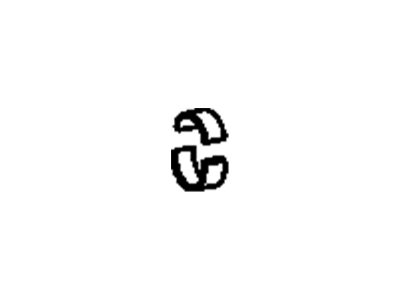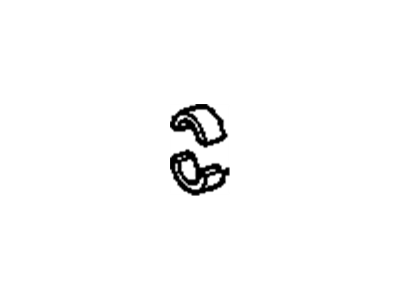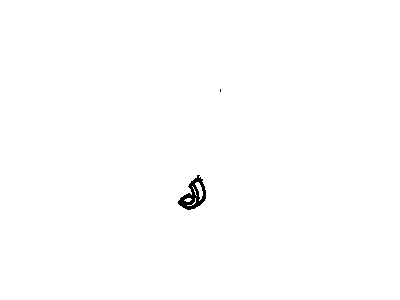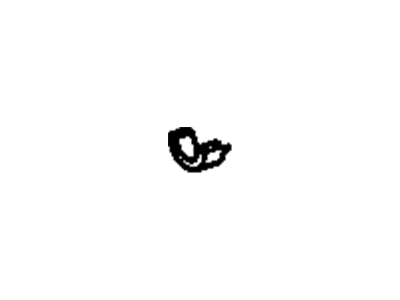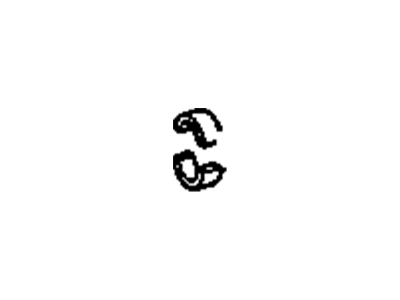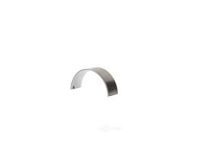
My Garage
My Account
Cart
Genuine Chevrolet Astro Rod Bearing
Engine Connecting Rod Bearing- Select Vehicle by Model
- Select Vehicle by VIN
Select Vehicle by Model
orMake
Model
Year
Select Vehicle by VIN
For the most accurate results, select vehicle by your VIN (Vehicle Identification Number).
8 Rod Bearings found
Chevrolet Astro Bearing Kit,Connect Rod
Part Number: 19256448$15.87 MSRP: $26.27You Save: $10.40 (40%)Ships in 1-2 Business DaysChevrolet Astro Bearing Unit,Connect Rod
Part Number: 10181335$16.26 MSRP: $32.80You Save: $16.54 (51%)
Chevrolet Astro Rod Bearing
In Chevrolet Astro, the element called Rod Bearing plays an important function in performing the function of supporting crankshaft and connecting rod to ensure that rotation is possible without creating much friction. These bearings are usually the plain bearings It may be the bi-metal or tri-metal type. The bi-metal bearings contain the alloy of aluminum and tri-metal bearing contains a copper layer in between and at top of it we have lead-tin-copper layer which makes it strong and resistive to wear. Over the years, Chevrolet Astro has adopted different kinds of Rod Bearings, the performance models commonly employ the tri-metal types of bearings owing to the fact that they provide the optimal features of durability and lubrication. Performance Rod Bearings may also use surface treatments and may also have the eccentricity of the bearings changed to affect the oil clearance, therefore giving less friction and the bearings are suitable for high output engines. Rod bearing play a very important role in the proper functioning of the Chevrolet Astro and hence it's very important to ensure that the correct methods of installation and maintenance are followed.
Each OEM Chevrolet Astro Rod Bearing we offer is competitively priced and comes with the assurance of the manufacturer's warranty for the part. Furthermore, we guarantee the speedy delivery of your orders right to your doorstep. Our hassle-free return policy is also in place for your peace of mind.
Chevrolet Astro Rod Bearing Parts Questions & Experts Answers
- Q: What are the essential steps and considerations during an engine overhaul regarding Rod Bearing replacement and inspection on Chevrolet Astro?A:When overhauling an engine, it is standard practice to replace the main and connecting rod bearings with new ones, but it is useful to retain the old bearings, as these will reveal much about the condition of the engine. Some of the causes of bearing failure include inadequate lubrication, the presence of dirt or foreign particles, overloading the engine and corrosion, all of which have to be eliminated before re-fixing the engine for the same not to recur again. While inspecting the bearings they should be taken out of the engine parts and arranged in the same position on a flat surface so that in case of any flaw it may be matched with the crank shaft journal. Particles from other sources can be introduced in the engine during assembly time or through the filters, the PCV system, or can be residual chips or abrasives from a previous machining or reconditioning. The former may get lodged within the bearing material, while the latter score or gouge the bearing surface. To avoid such failures the interior as well as the exterior part of the car should be well cleaned and the oil and filter should be changed. Crushing of bearing due to lack of lubrication is normally due to heat stress, overloading, oil leaking or blocked oil ways and results in the bearing material being wiped fully off its backing. Some driving practices also affect bearing life in a vehicle; for example very low speed with a full throttle puts a lot of load which forces out the oil in the bearings while short journeys may cause corrosion owing to low heat generation. Also, incorrect bearing fitment leads to lasting oil starvation, or high spots that lead to failure sometimes.
Related Chevrolet Astro Parts
Browse by Year
2005 Rod Bearing 2004 Rod Bearing 2003 Rod Bearing 2002 Rod Bearing 2001 Rod Bearing 2000 Rod Bearing 1999 Rod Bearing 1998 Rod Bearing 1997 Rod Bearing 1996 Rod Bearing 1995 Rod Bearing 1994 Rod Bearing 1993 Rod Bearing 1992 Rod Bearing 1991 Rod Bearing 1990 Rod Bearing 1989 Rod Bearing 1988 Rod Bearing 1987 Rod Bearing 1986 Rod Bearing 1985 Rod Bearing


